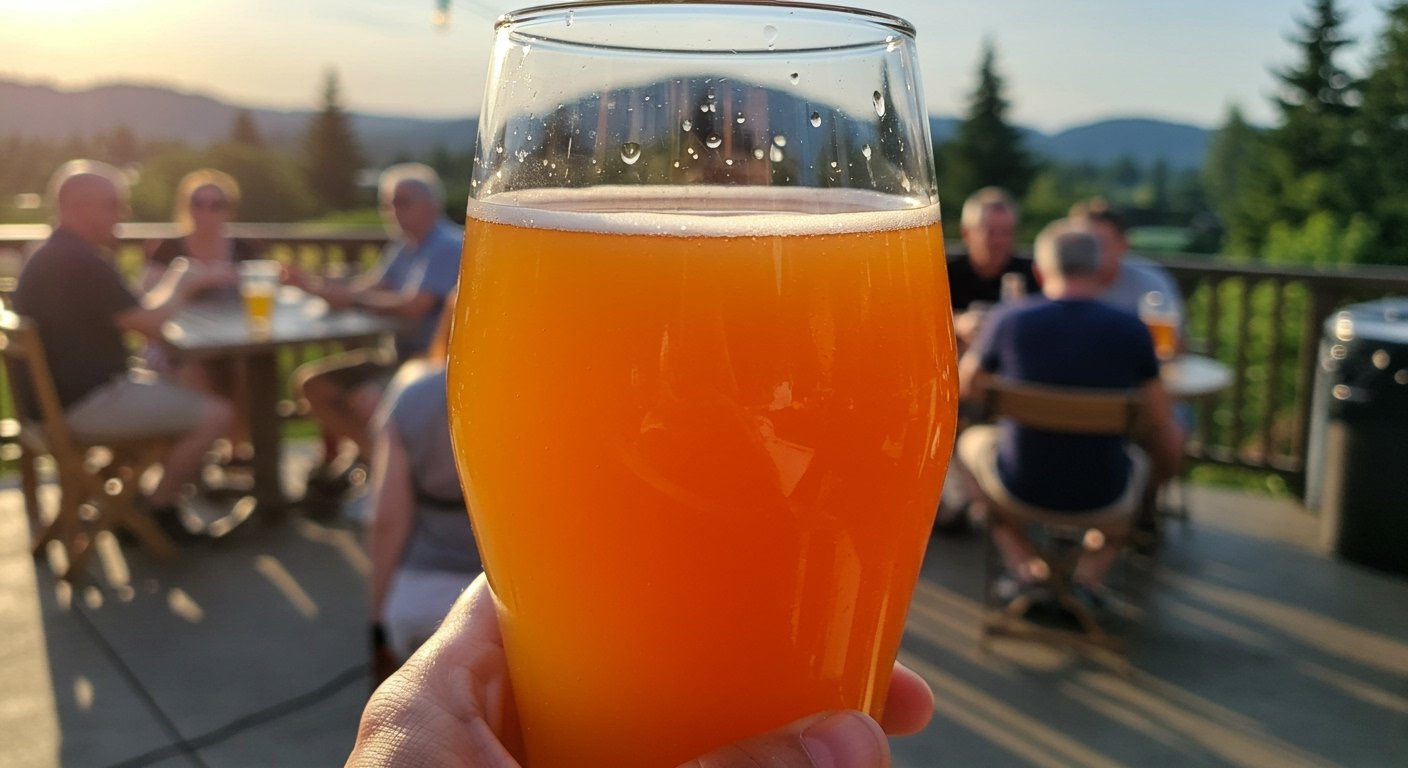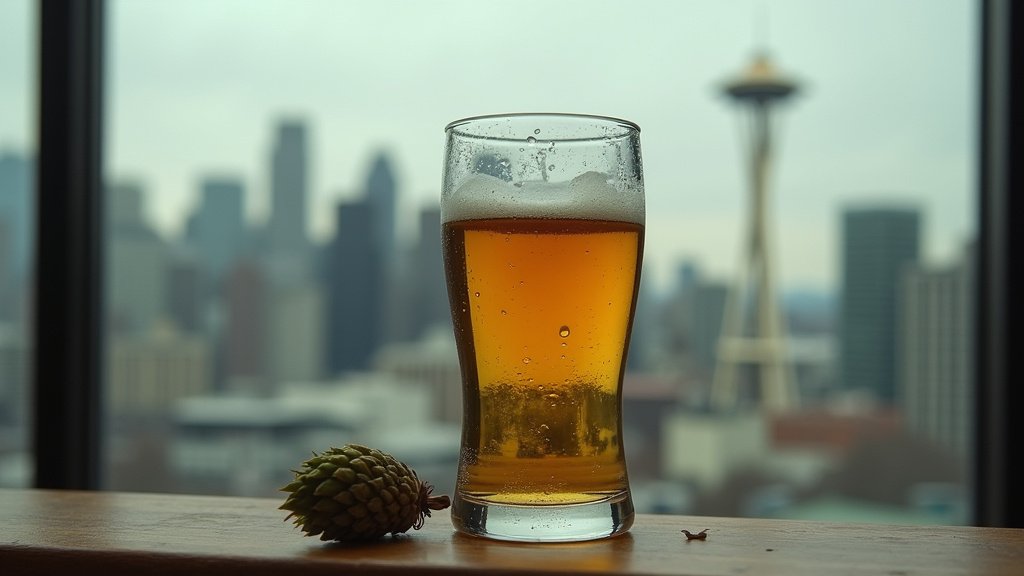Oregon’s vibrant craft beer scene is rolling out a wave of new seasonal releases, specifically brewed to quench the thirst of consumers during the warm summer months. This annual tradition is more than just a creative exercise for the state’s breweries; it represents a critical juncture for their financial health. The summer season, particularly the two weeks surrounding the Independence Day holiday, is a pivotal sales period, accounting for a significant 4.9% of annual sales for breweries nationwide, according to data compiled by the Brewers Association. However, this crucial window arrives at a time when the industry is wrestling with a complex array of economic challenges, including persistent aluminum tariffs, widespread inflationary pressures, labor shortages, and a broader trend of declining overall beer consumption.
The Crucial Summer Sales Window
The period leading up to and immediately following the U.S. Independence Day on July 4th historically represents a peak consumption time for the beer industry. As the Brewers Association data highlights, this specific two-week span contributes nearly 5% of a typical brewery’s annual revenue. This surge is largely attributed to increased outdoor activities, summer gatherings, and holiday celebrations, all of which drive demand for refreshing beverages. For breweries, successfully capitalizing on this short, intense sales window can significantly impact their yearly financial performance, making the timely release and effective marketing of summer-themed beers paramount. It’s a period where consumer choices, often driven by seasonality and occasion, translate directly into crucial revenue streams.
Navigating Economic Headwinds
Despite the revenue potential of the summer season, Oregon’s breweries, like many across the nation, are currently operating within a challenging economic landscape. One significant hurdle remains the impact of aluminum tariffs, which directly increase the cost of cans. As canned beer has become increasingly popular, especially for outdoor activities and to-go sales, the rising expense of packaging materials eats into already thin profit margins.
Simultaneously, breweries are grappling with broad inflationary pressures. The costs of essential brewing ingredients such as malted barley, hops, and yeast have risen, alongside increased expenses for utilities, transportation, and general operating supplies. This inflation necessitates difficult decisions regarding pricing, potentially impacting affordability for consumers or further squeezing profitability.
Furthermore, the labor market presents its own set of difficulties. Breweries require skilled staff for brewing, packaging, quality control, distribution, and taproom service. Employee shortages can strain operations, limiting production capacity or impacting the quality of customer service, both of which are detrimental during a high-demand period like summer.
Compounding these specific industry challenges is a broader market trend: an overall decrease in per capita beer consumption in the United States. This long-term shift means breweries are competing for a smaller share of the overall beverage market, requiring greater innovation, efficiency, and marketing acumen to maintain sales volume. These combined economic factors create a complex backdrop against which the summer sales push must occur.
Showcase of Seasonal Innovations
In response to the seasonal opportunity and despite the operational challenges, Oregon breweries are showcasing their creativity through a range of new summer-appropriate releases. These beers are often designed with lighter profiles, refreshing flavors, and lower alcohol content to appeal to warmer weather preferences.
Gigantic Brewing Company, known for its distinctive labels and hop-forward beers, has released Sunshine Superstar IPA. This beer is described with tasting notes of tangerine, ripe citrus, and sweet tropical fruit, aiming for a bright, juicy character that aligns perfectly with its sunny name.
Great Notion, a brewery acclaimed for its innovative and often fruit-heavy creations, is contributing to the summer lineup with Top Down, a fruited tart ale. This beer comes in at a sessionable 6% ABV and features a complex flavor profile with tasting notes highlighting watermelon, key lime, dragon fruit, coriander, and sea salt, offering a unique blend of tartness, fruit, and subtle savory notes.
Von Ebert Brewing, which operates multiple locations and focuses on a range of styles including traditional lagers and modern IPAs, is featuring its Triple Dry Hopped Volatile Substance. This iteration of their popular IPA clocks in at 6.9% ABV and specifically utilizes Pacific Northwest hops, emphasizing regional ingredients cherished by craft beer enthusiasts.
Migration Brewing is also joining the seasonal push with its Gambler 500 IPA. This beer, listed at 6.5% ABV with tasting notes of citrus and tropical fruits, is a unique collaboration tied to the Oregon Gambler 500 event. The event, a well-known off-road navigation rally, recently concluded in Madras on June 29, timing the beer’s release closely with the conclusion of its namesake gathering and tapping into the community spirit of the event.
Industry Resilience and Outlook
The act of developing and releasing new seasonal beers during this critical period underscores the resilience and adaptability of Oregon’s craft brewing industry. Faced with external pressures like tariffs, inflation, and labor shortages, breweries are compelled to be both innovative marketers and efficient business operators. The summer releases are not just about flavor trends; they are strategic products designed to drive traffic to taprooms and sales in retail channels during their most important financial window.
Success in this environment requires navigating the complexities of sourcing ingredients, managing production costs, attracting and retaining staff, and effectively reaching consumers in a competitive market. While the industry faces significant headwinds, the continuation of vibrant seasonal releases demonstrates a commitment to craft and a determination to weather the economic storm by focusing on quality, creativity, and leveraging key sales opportunities.
Reported by Rachel Saslow.




